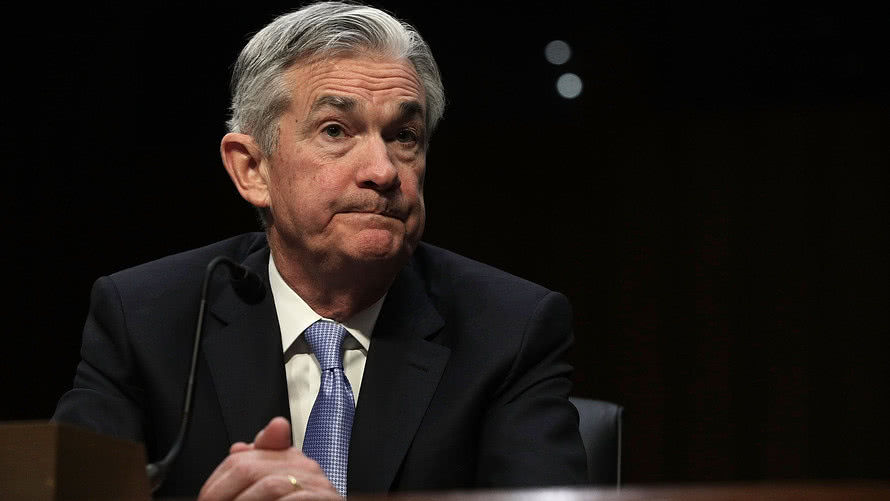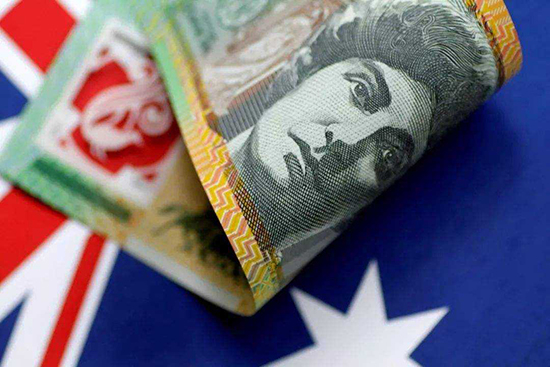Abstract:On Tuesday (June 22), the Australian dollar against the US dollar opened at 0.7535. As of press time, the Australian dollar against the US dollar temporarily recorded 0.7514, a decrease of 0.28%.
On June 22, Powell denied in his speech that the Fed will raise interest rates twice before the end of 2023. Affected by this, the U.S. dollar index plummeted 0.5%, the largest decline in nearly a month, while the Australian dollar stabilized. Affected by the slow recovery of the Australian economy, the outlook for the Australian dollar is expected to continue to fall.
On Tuesday (June 22), the Australian dollar against the US dollar opened at 0.7535. As of press time, the Australian dollar against the US dollar temporarily recorded 0.7514, a decrease of 0.28%.
Powell: The Fed has not decided to raise interest rates twice before the end of 2023
After the Fed announced its hawkish statement, the market reacted too violently. Some Fed officials made dovish remarks in an attempt to ease the panic in the market. Among them, Fed Chairman Powell mentioned the issue of whether to raise interest rates twice before the end of 2023 and said that the Fed has not decided to raise interest rates twice before the end of 2023 unless there is an unexpected situation in inflation.
Following the Fed’s remarks, the US dollar index fell from a high on Monday, and the market began to reassess the Fed’s hawkish stance. Some investors believe that as commodity prices stabilize, the global economy recovers, and Fed officials make dovish remarks from time to time, the U.S. dollar will continue to face weakening pressure.

In response, Canadian Commercial Bank analysts wrote in their research report that although the Fed issued a hawkish statement in its resolution last week, some Fed officials subsequently issued dovish remarks to ease interest rate hike expectations and reduce debt purchases. Panic and risk. In addition, the Fed's monetary policy itself lags behind many countries, combined with the background of the global economic recovery on a large scale, the view that the U.S. dollar continues to weaken has not undergone a substantial change.
The Australian dollar will continue to fall after the market outlook
Because of this, after a week of continuous decline, the Australian dollar finally stabilized. But why the subsequent Australian dollar or will continue to decline? Because a lot of bad news is about to ensue to put pressure on the Australian dollar.
It is reported that the Australian economic data released yesterday (June 21) showed that retail sales in May increased by 0.1% compared with April, while the market is expected to increase by 0.5% in May compared with the previous month. The growth rate much lower than market expectations has hit Australia's confidence in economic growth, causing the Australian dollar to be dragged down.

At the same time, the Australian epidemic is rapidly deteriorating. According to official information released by Australia, due to the accelerated spread of the epidemic, Victoria, Australia's second most populous state, is under strict and rapid blockade. These blockades restricted travel, restricted commercial activities, hit market demand, and dealt a severe blow to the economy. The fall of the Australian dollar is naturally doomed.
In addition, the export price of iron ore, the backbone of the Australian economy, has plummeted, coupled with the continuous decline in demand for iron ore in China, the largest market for iron ore, which has hit Australia's export trade. As a resource currency, the Australian dollar is also bound to be deeply affected by the decline in iron ore prices.
In summary, although the Fed’s hawkish stance has been boosted by the market revaluation, the Australian dollar is expected to continue to fall as a lot of bad news is about to follow.
